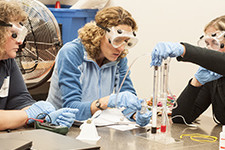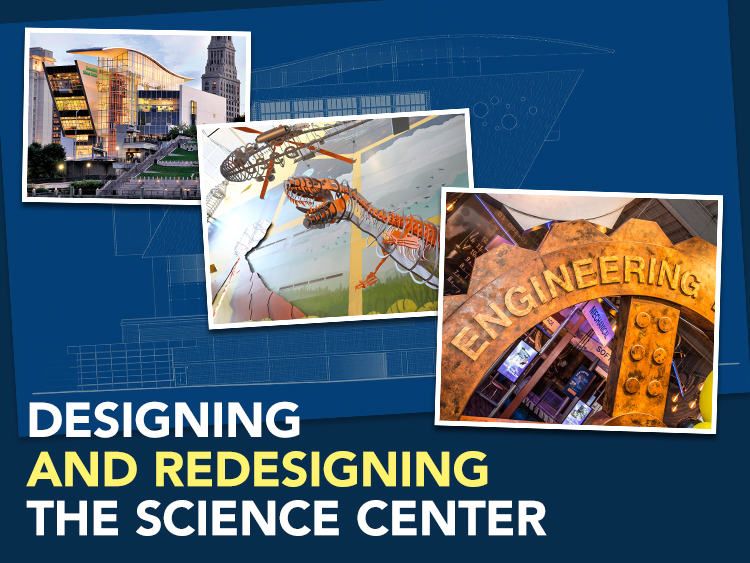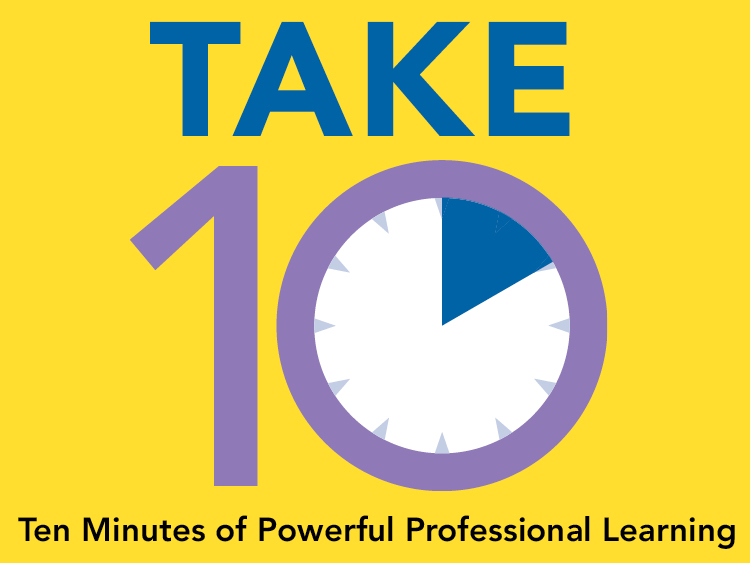Anyone who has ever spent any amount of time with a young child, learns one thing quickly: They have questions. So many questions in fact that studies show that on average, a 4-year old can ask between 200-300 questions a day. Children are born with a natural curiosity about the world around them. Oftentimes you can observe your child conducting their own science experiments; “What will happen if I knock food off the table?” or “What will my cat do if I pull his tail?”. Constant questioning may not always be the easiest thing to handle, but it is a wonderful quality of children that can be leveraged at home while we are navigating this new normal.
As a parent of a 3.5 year old, I am feeling the same way many parents are feeling: overwhelmed. It is hard not to feel that way considering the huge amount of responsibility that comes with educating children. We tried keeping a picture perfect schedule, which failed after one week. We tried keeping up with every assignment, which led to frustration (for all of us). We learned quickly that recreating school within your home is not possible; they are not the same thing. So far, we’ve found that tapping into that natural wonder is what works best for us. The benefits of guiding learning through your child’s curiosity – or inquiry-based learning as it’s often called in the education world – are plentiful. Many experts and educators have learned through extensive research along with trial and error that children learn best through their experiences. When kids are able to ask good questions, and test out their ideas (safely), learning really sticks. So what does this have to do with distance learning and teaching at home? Once you know the purpose of the lessons your child’s teacher is providing, you can tap into their natural interests and curiosity to meet the goal! For example, my daughter’s teacher assigned a lesson where students were supposed to search their house for letters. We modified the lesson slightly and let her search for sticks in order to create letters. She ended up being completely engaged with the activity, and to this day will point out “Y” shaped sticks when we are playing outside! I built on my knowledge that she would be more engaged outside and adapted the activity to work for us. Remember that every child is different so what worked for us, might not for you, but I am sure together you can come up with something great.
I am asking myself the same questions that I am sure many of you are: “How can I fit this all into my day?” “How can I balance all of my responsibilities?” “Am I doing the right thing?”. It can be hard to know what the right answers are, but there are many actions you can take throughout your day to encourage your child’s natural wonder. Here are two examples.
Ask open ended questions. You may or may not know the answers. Your child may or may not know the answers. Knowing the answer isn’t the main goal of asking questions. Instead, by asking questions, you are providing children with the language for question asking. You are their greatest role model, so by asking questions, you will encourage them to approach the world around them with curiosity and wonder.
Let them try to answer their questions. The process of “figuring it out” is so important for children. It requires them to think deeper, problem solve, practice perseverance, and perhaps most importantly, builds self esteem and confidence. This is not always easy, however. It is much easier to answer a question when you are in a rush, or multitasking (which many of us are doing more of nowadays!) than support them in finding the answer themselves. If you set a goal right away to help your child figure out every question they have, you will drive yourself crazy. So instead, set aside a particular time of day, or decide that during a certain activity you will encourage your child to seek their own answers. This may make it more manageable. You can decide to do this while cooking dinner or baking or during bath time or playing outside. Almost every activity a young child engages in promotes wonder and is a learning opportunity. If you aren’t sure which questions are the “right” questions to ask, there are many resources out there to help. One of them is the STEM Sprouts Teaching Guide from the Boston Children’s Museum. Along with a variety of STEM activities, this resource provides a few simple questions you can ask during almost any situation. I’ve listed a few of them below:
- What did you try?
- What do you notice about ____ ?
- What do you think will happen if we ____ ?
- Can you tell me more about that?
- What else do you see?
As I mentioned above, opportunities for promoting your preschoolers’ curiosity are all around you. One of the most easily accessible activities for all families is water play during bath time as we mentioned above. Not only is this a time of the day when you have a captive audience, but water explorations are fun, engaging, and believe it or not, a wonderful time to explore physical science. By pouring water into different containers, observing the direction water flows, creating splashes and waves, children begin to build a foundational understanding of big science concepts such as gravity, waves, and properties of matter. Click here for more information about water play from Early Childhood News. Keep in mind, it is not necessary for children to be able to explain these science concepts. At a young age, they don’t even need to know the correct terms. The important idea here is that they ask questions, test out their ideas, make observations, and begin to notice patterns about how water behaves in the natural world. The paper “The Power of Play: Learning through evidence” describes how learning doesn’t just happen in a strictly academic sense. Learning is complex and interconnected. It combines play, social interactions, real life experiences, movement, and much more. When we combine learning with play and with our everyday lives we move children beyond just rote memorization and help them to develop a deeper understanding that is rich with interconnections and applications . It is our job as parents to foster that curiosity in a safe and encouraging way. In some cases we might be learning right along with our children – which is a great experience!
One of the biggest fears of letting children explore their questions is that we don’t know the answers ourselves. But remember, the most important part of the interaction is the question itself. Building on your child’s wonder and curiosity will help to build the skills needed to be resilient problem solvers later in life. Enjoy learning with them, and take it one moment at a time.
For more ideas about how to explore science with young children, visit the Education Development Center and see four ways to explore science with your child or check our Science at Play posts on our blog.
This blog post was originally written for Enfield Public Schools.
Stay connected! Be sure to subscribe to Down to a Science— The Official Blog of the Connecticut Science Center and follow us on social media.

Rachel Shurick is a Professional Learning Specialist at the Connecticut Science Center’s Mandell Academy for Teachers. Rachel’s background is in Marine Science and informal education. Rachel supports educators to deepen their understanding of instructional shifts associated with NGSS and inquiry-based teaching and learning. Rachel has also worked to develop workshops aimed to help teachers bring the Next Generation Science Standards to life in their classrooms.


